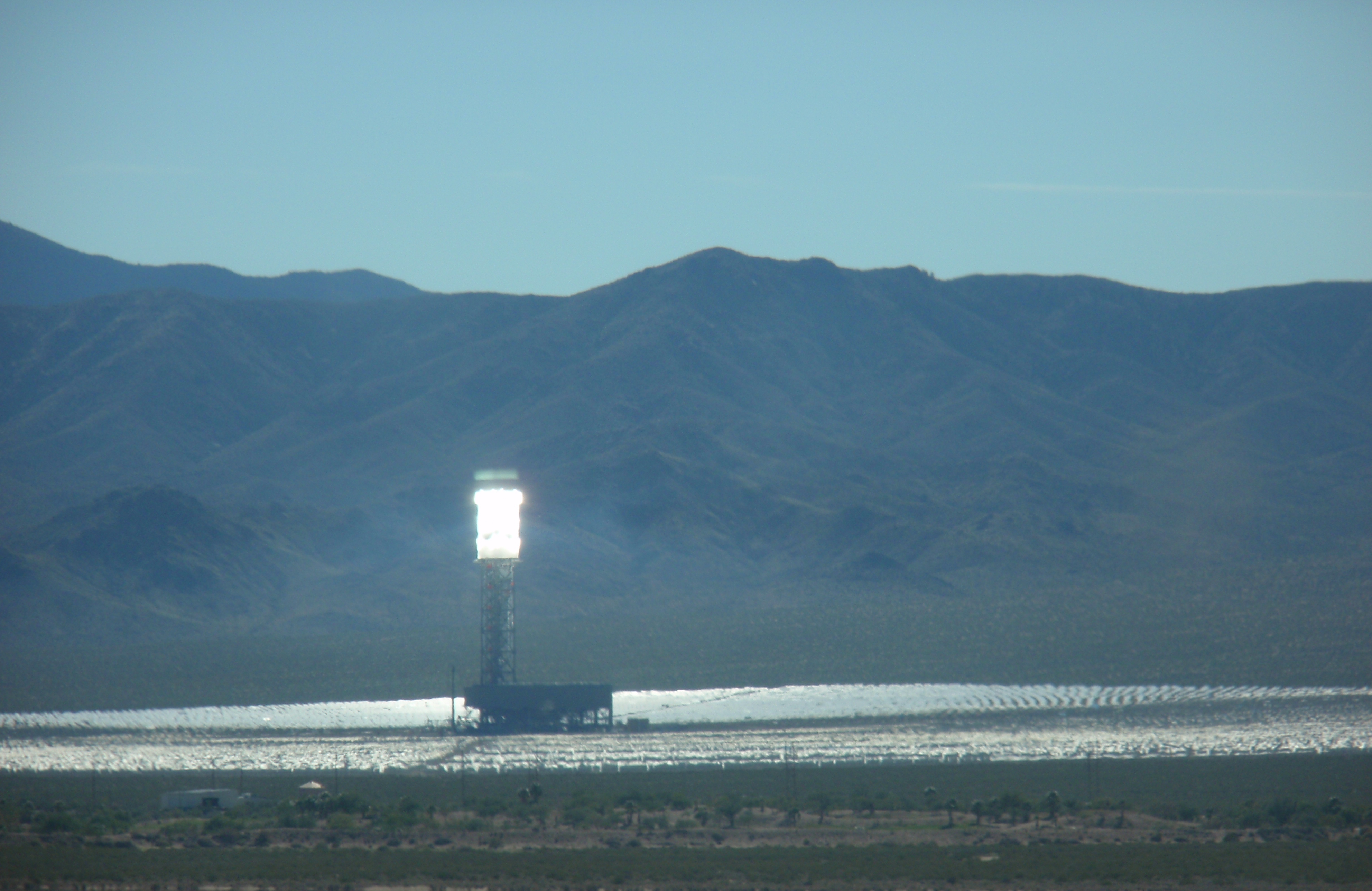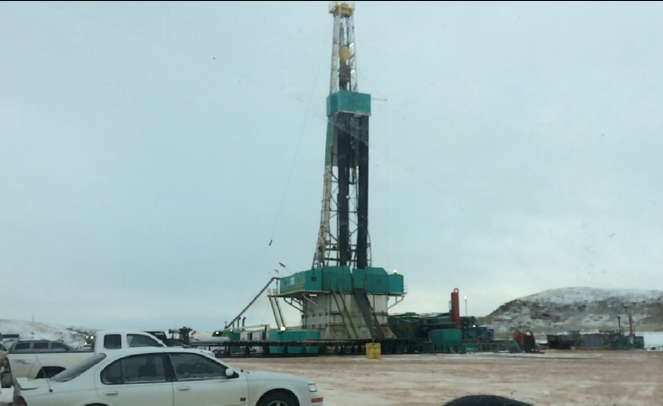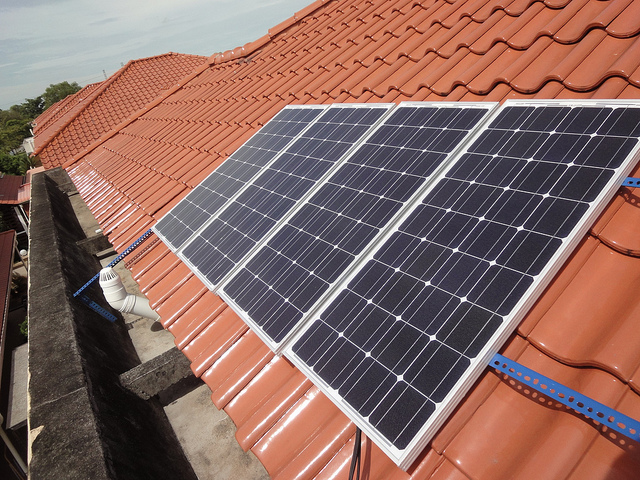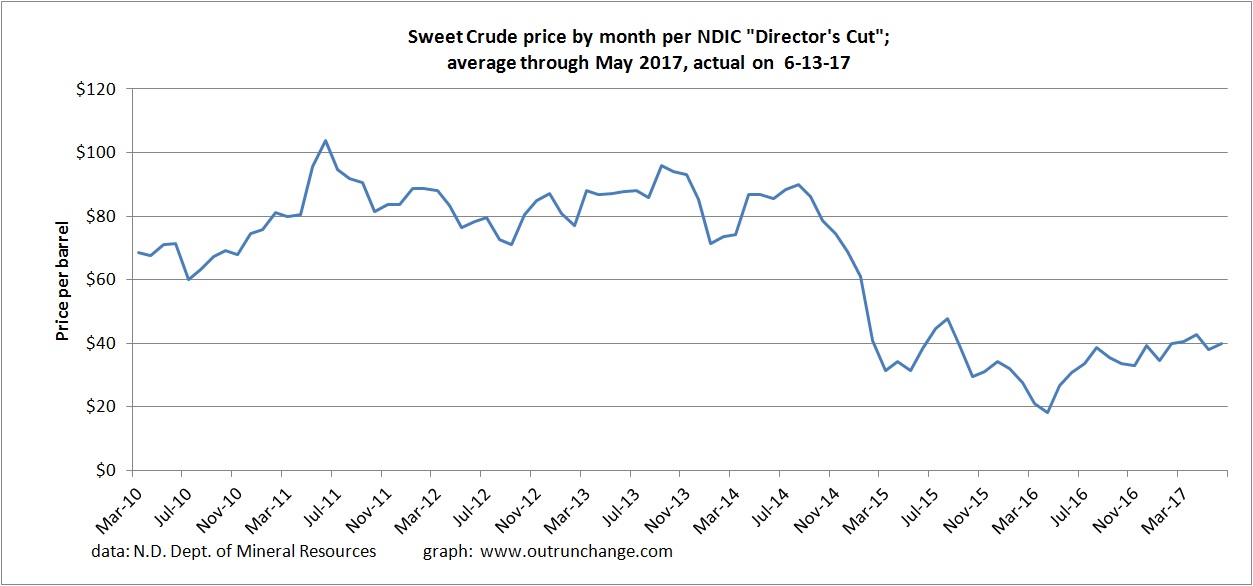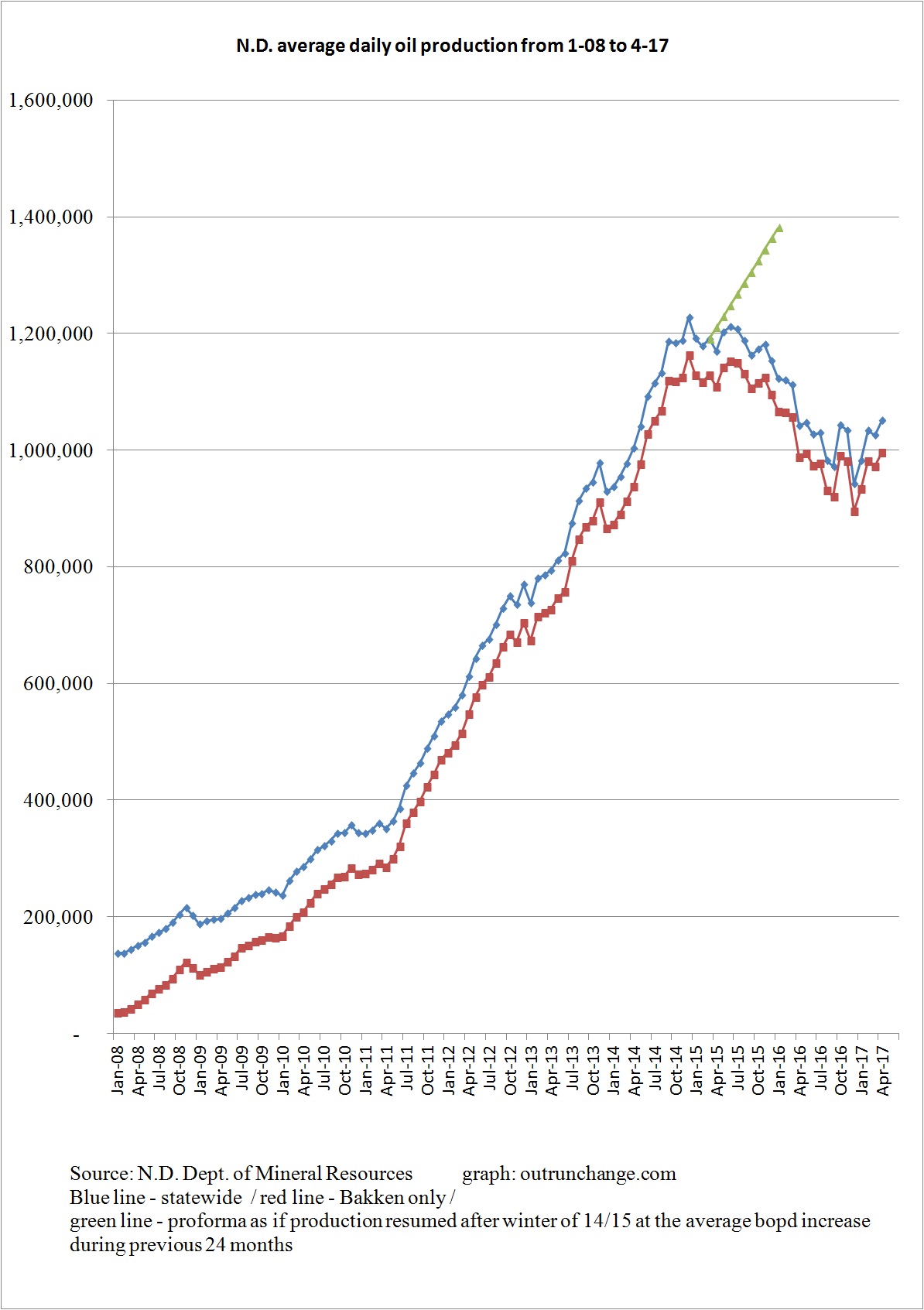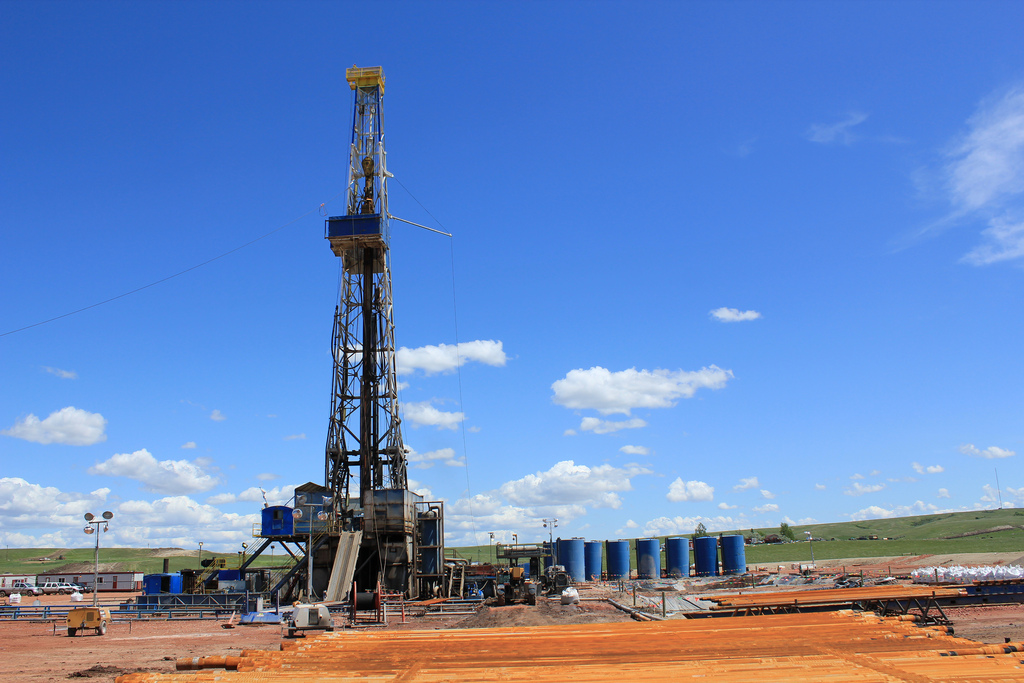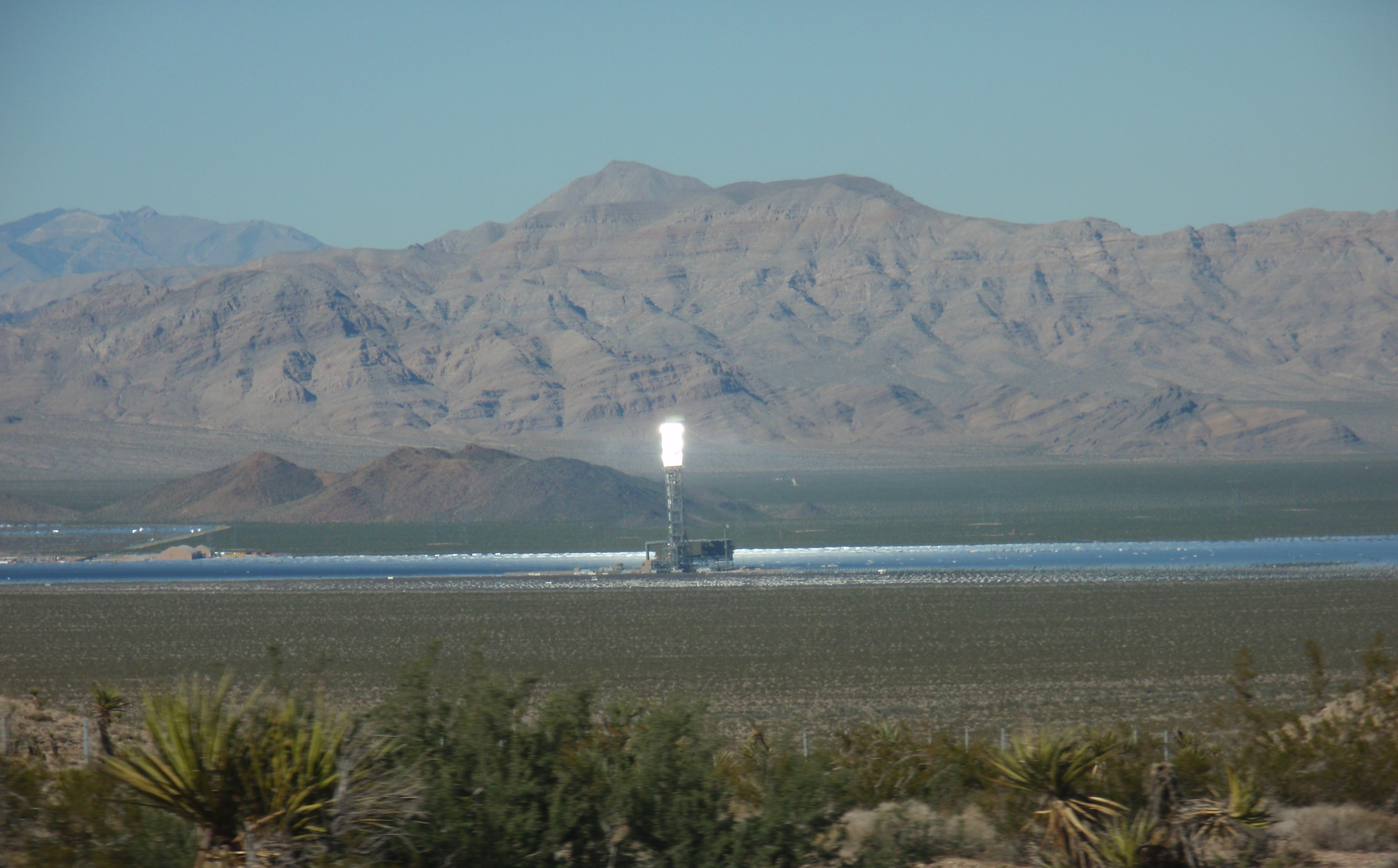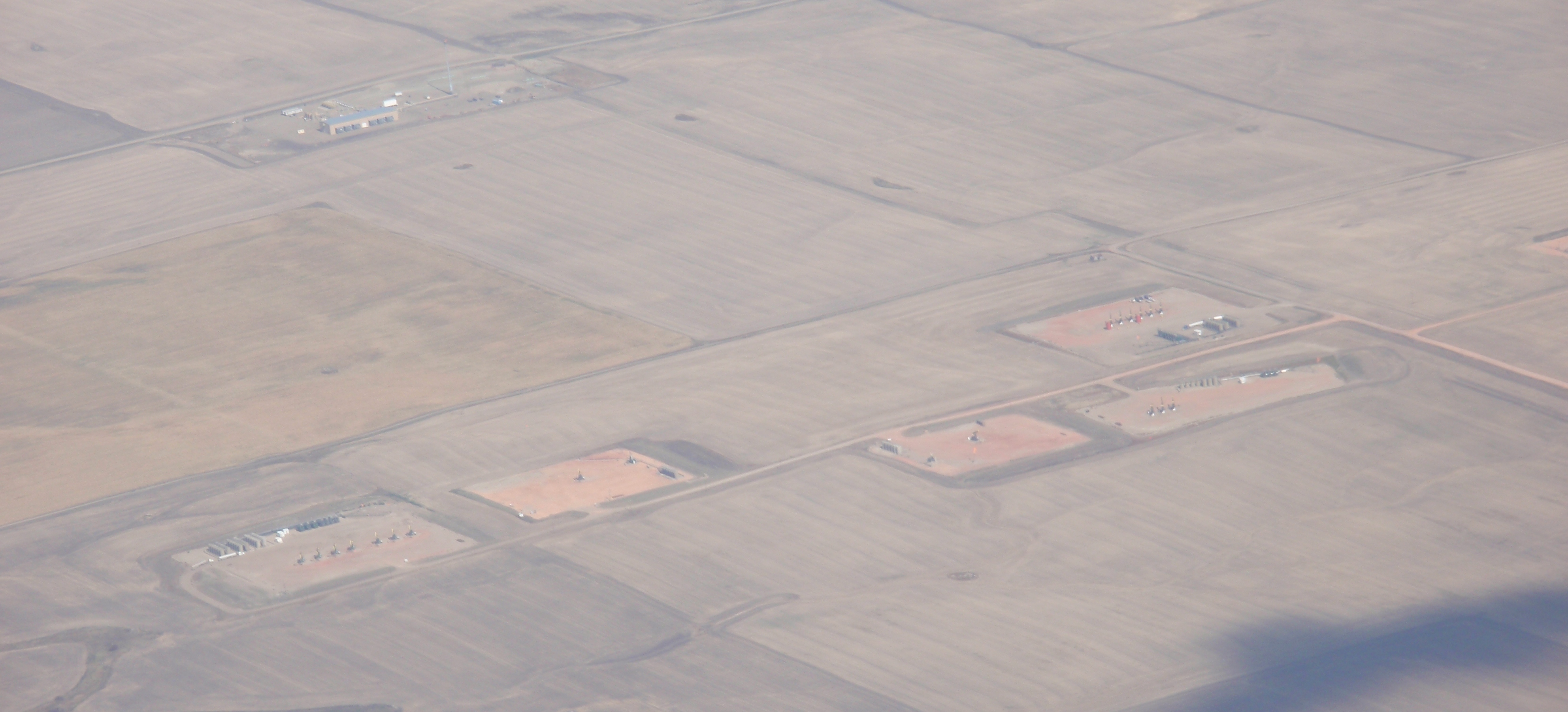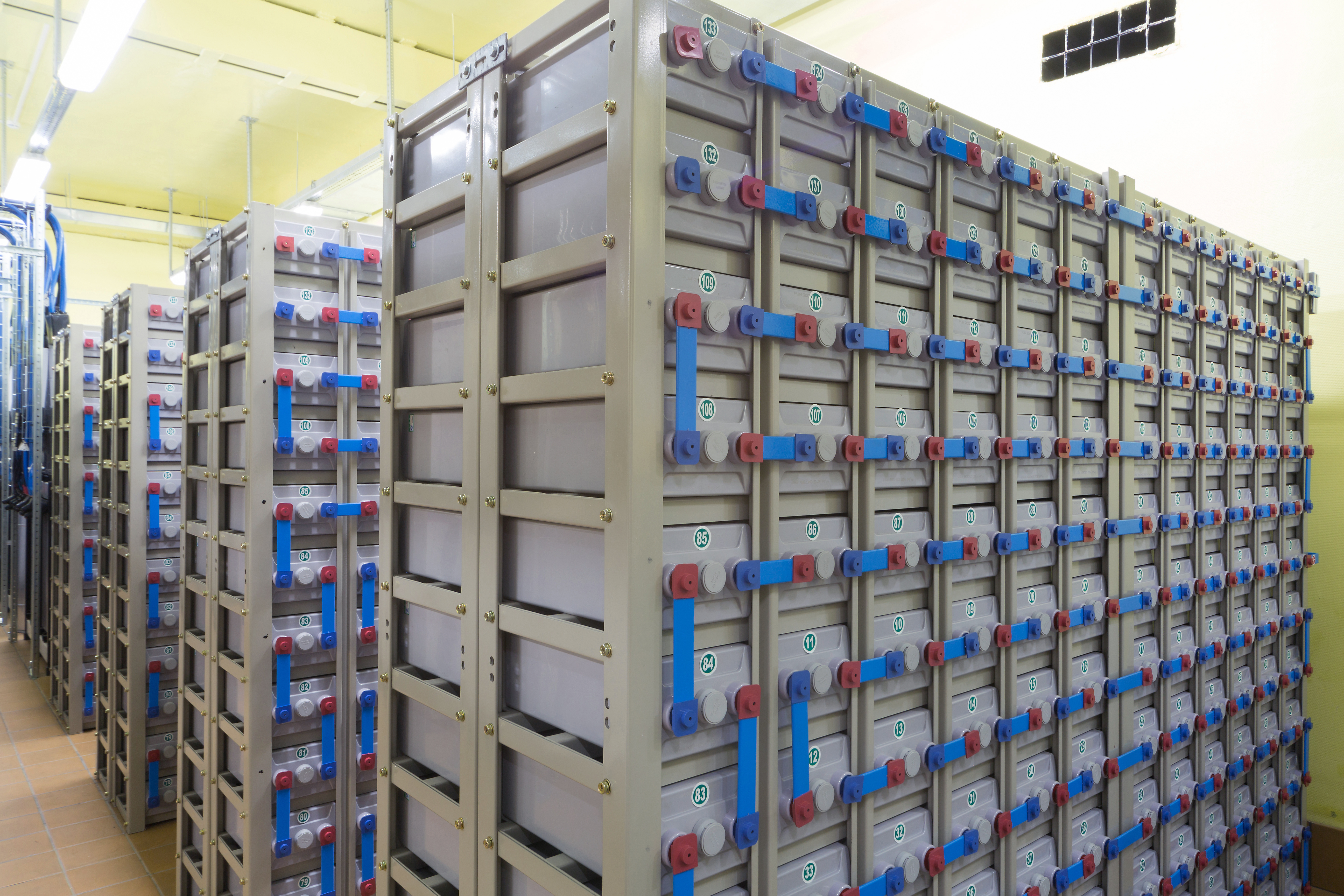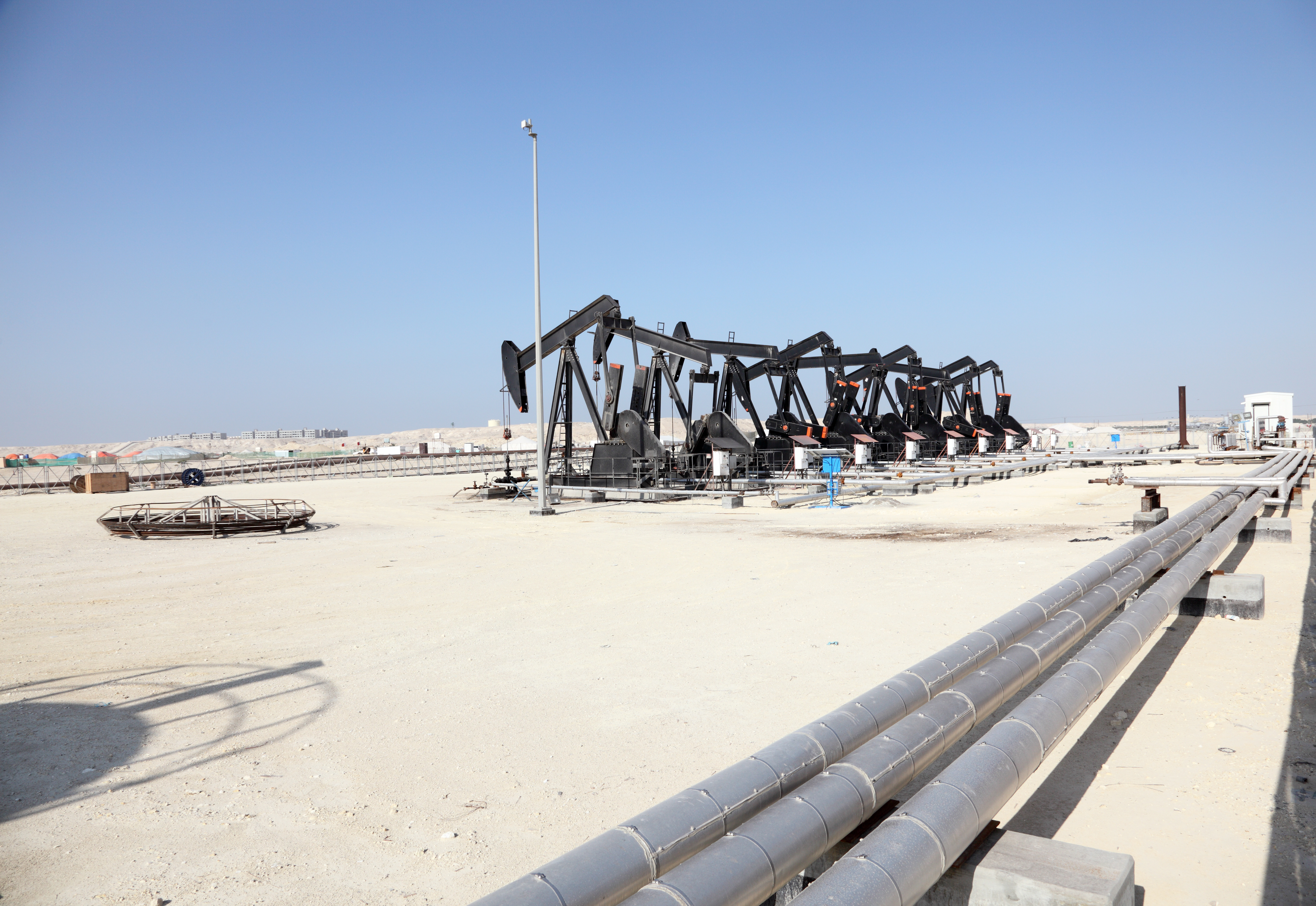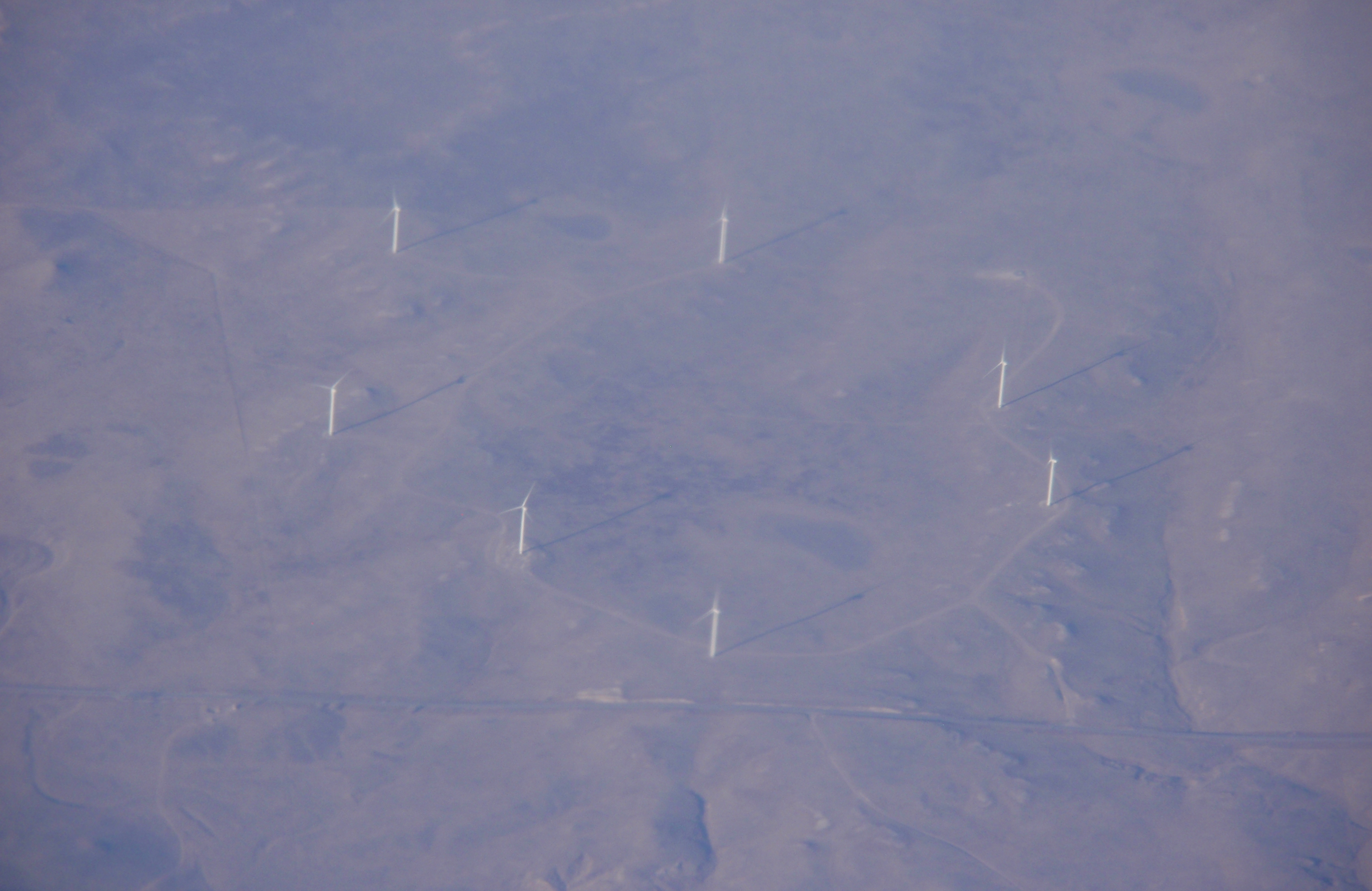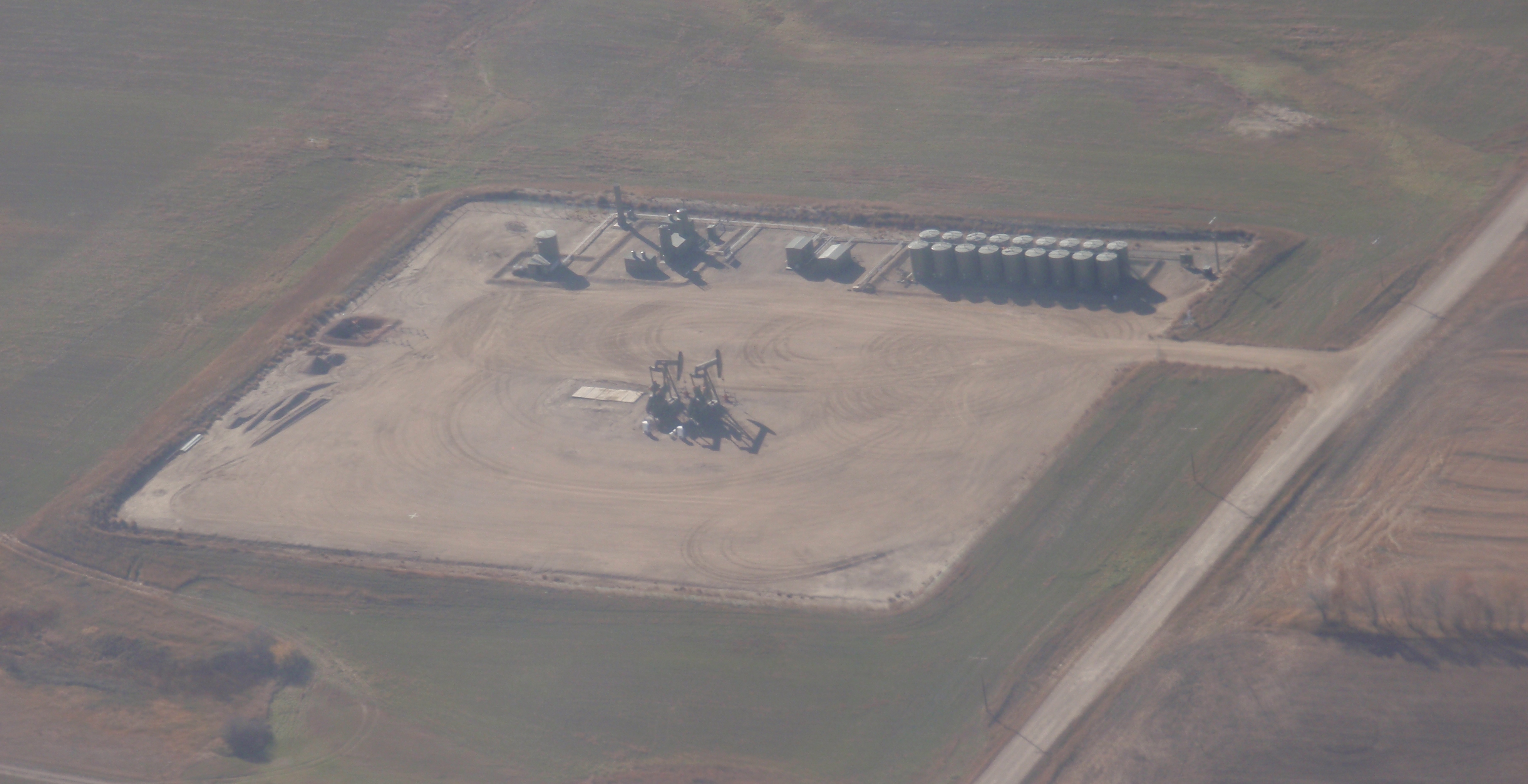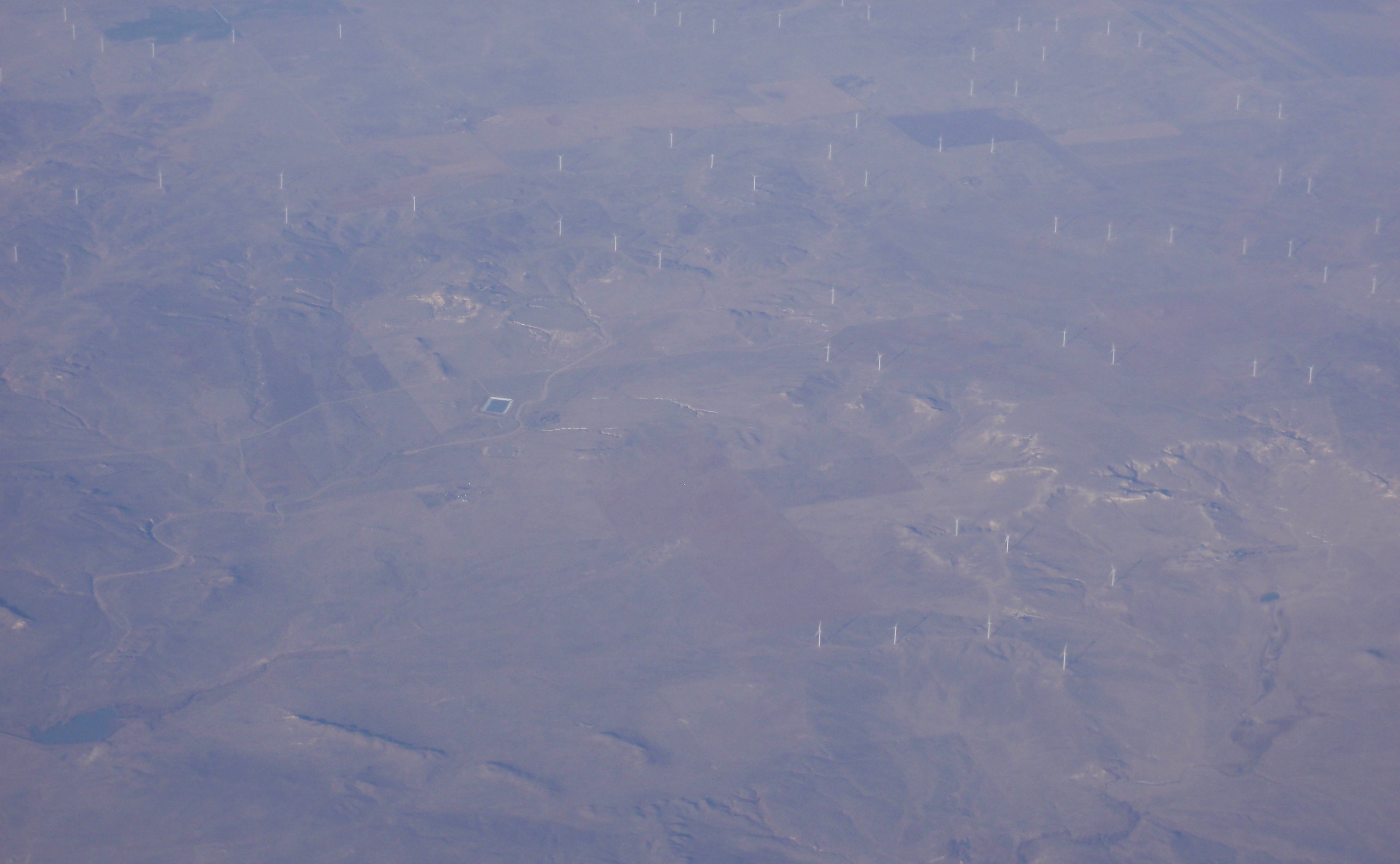
There will be major costs involved in decommissioning wind turbines. Who will pay?
3/8/17 – Stop These Things – Farmers “Hosting” Wind Turbines Faces Massive Clean Up Bills & Other Legal Liability – Legislation is under consideration which would force wind power companies to set aside money to decommission the turbines. At the moment the corporate shells holding the producing assets have nothing set aside. Without some requirement for accumulating reserves, neither the holding company nor the entity’s parents will have any responsibility to clean up the site. There will be no recourse by landowners or regulators to force the then-empty shells to clean up the sites. That will leave the landowner or the local government or the national government holding the bill for decommissioning.
Disposing of a wind turbine means finding some way to get rid of the toxic blades, the generator containing large amounts of rare earth metals, and 1000 metric tons of buried concrete.
Situation is similarly bad in Australia. Continue reading “More on the downside of unreliable wind power: paying for decommissioning costs”
